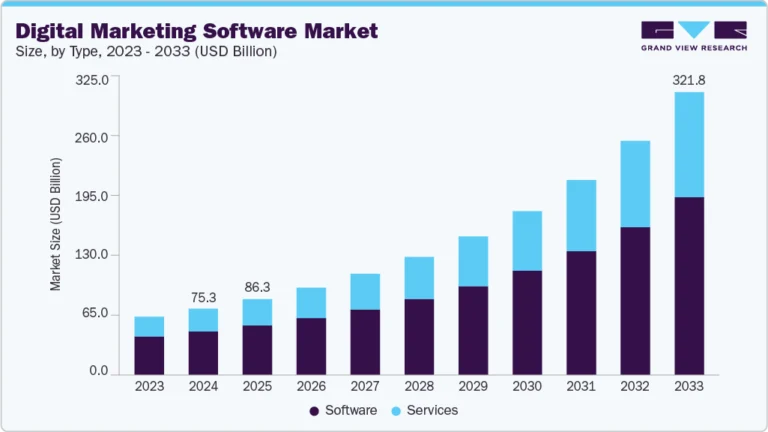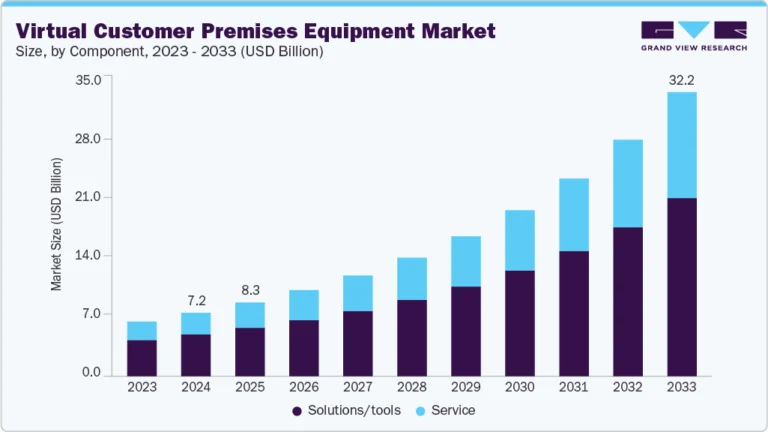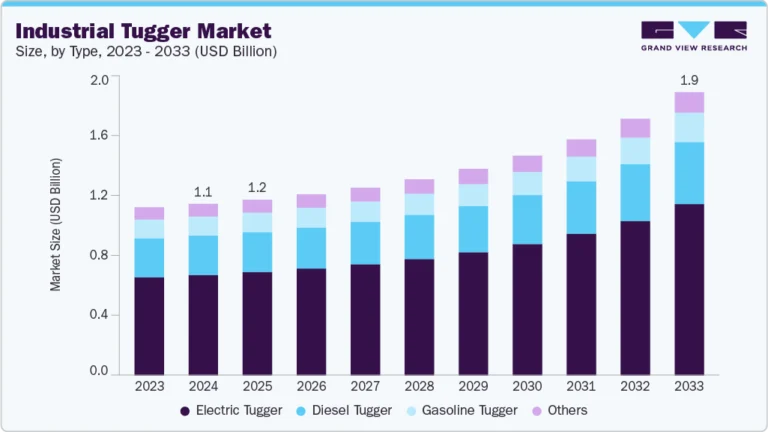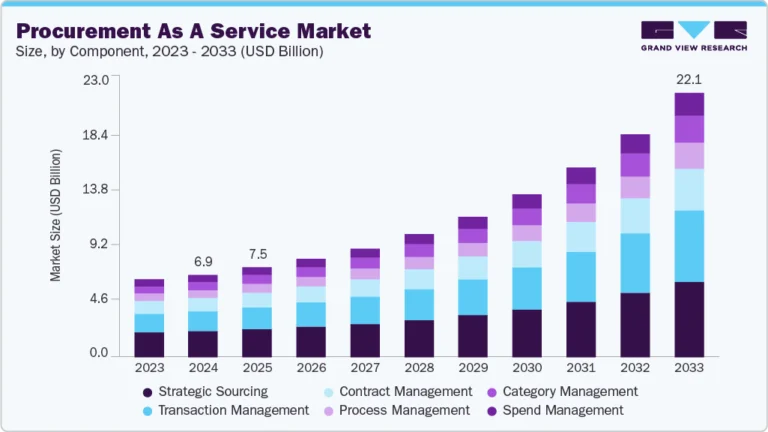Paralleling Switchgear Market Size, Share & Trends Analysis growing at a CAGR of 8.7% from 2024 to 2030
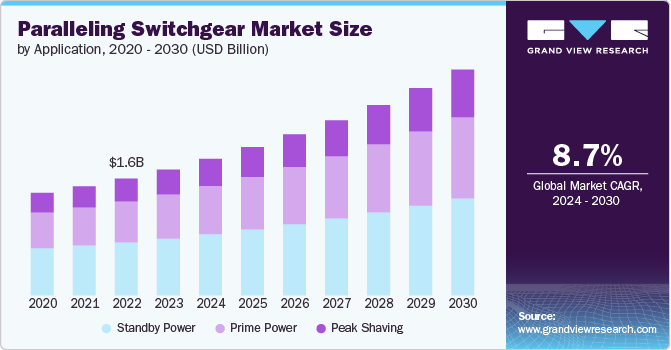
The global paralleling switchgear market size was valued at USD 1.71 billion in 2023 and is projected to reach USD 3.06 billion by 2030, growing at a CAGR of 8.7% from 2024 to 2030. The increasing demand for reliable and uninterrupted power supply across various industries is a major factor contributing to the growth of the market.
Key Market Trends & Insights
- North America paralleling switchgear market dominated the global market and accounted for 30.1% in 2023.
- The paralleling switchgear market in the U.S. is anticipated to register significant growth from 2024 to 2030.
- The paralleling switchgear market in Asia Pacific is poised for significant growth from 2024 to 2030.
- Based on type, the open transition system segment accounted for the largest market revenue share in 2023.
- In terms of voltage, the low voltage segment accounted for the largest market revenue share in 2023.
Market Size & Forecast
- 2023 Market Size: USD 1.71 billion
- 2030 Projected Market Size: USD 3.06 billion
- CAGR (2024-2030): 8.7%
- North America: Largest market in 2023
Request a free sample copy or view report summary: https://www.grandviewresearch.com/industry-analysis/paralleling-switchgear-market-report/request/rs1
With the rising adoption of automation and digital technologies, businesses are becoming increasingly dependent on consistent power sources. Paralleling switchgear systems, which ensure continuous power by synchronizing multiple power sources, are critical in maintaining operational efficiency and preventing costly downtimes. This growing emphasis on power reliability is pushing industries to invest heavily in advanced paralleling switchgear solutions. The market is witnessing significant growth, primarily driven by the critical benefits it offers, such as improved reliability. One of the main advantages of paralleling switchgear is its ability to enhance the reliability of power systems. By connecting multiple generator sets in parallel, the system ensures continuous power supply even if one generator fails.
This redundancy is crucial in mission-critical applications such as hospitals, data centers, and industrial facilities, where power interruptions can lead to severe consequences. The increased demand for uninterrupted power supply across various sectors is fueling the adoption of paralleling switchgear, thus propelling market growth.
Another key driver of the market is its capability to deliver enhanced performance. Paralleling switchgear systems helps maintain stable voltage and frequency levels by distributing the load among multiple generators. This load-sharing mechanism not only prevents individual generators from being overloaded but also extends their operational lifespan. Additionally, the ability to add or remove generators from the system without disrupting the power supply allows for scalable and flexible power management solutions, making paralleling switchgear an attractive option for growing businesses and facilities undergoing expansion.
The growing emphasis on energy efficiency and sustainability is further contributing to the market expansion. Paralleling switchgear enables optimal utilization of generator sets, reducing fuel consumption and emissions. This is particularly important in industries and regions where stringent environmental regulations are in place. The adoption of renewable energy sources and the integration of these sources into the existing power grid also benefit from paralleling switchgear, as it ensures smooth transitions and reliable power supply. As organizations increasingly prioritize sustainable practices, the demand for efficient and environmentally friendly power solutions is driving the growth of the paralleling switchgear market.
However, the market faces challenges, particularly in terms of the high initial costs and complexity of installation and maintenance. The advanced technology and sophisticated control systems required for paralleling switchgear can lead to substantial upfront investments, which may deter smaller enterprises from adopting. Additionally, the need for specialized expertise to install and maintain these systems can be a barrier. To address these challenges, key market players are focusing on innovations that simplify installation processes and reduce costs. They are also investing in training programs to build a skilled workforce capable of handling these advanced systems, thereby mitigating the restraining factors and ensuring sustained market growth.
Application Insights
Based on application, the standby power segment dominated the market and accounted for 45.2% of the global revenue in 2023. The increasing reliance on continuous and uninterrupted power supply across critical industries such as healthcare, data centers, and manufacturing is a major driving force. These sectors require robust backup power solutions to ensure operational continuity during power outages or disruptions. Paralleling switchgear systems, which seamlessly synchronize multiple generators to provide reliable standby power, are becoming essential investments for these industries. The growing prevalence of natural disasters and grid instability further underscores the need for effective standby power solutions, driving demand in this segment.

